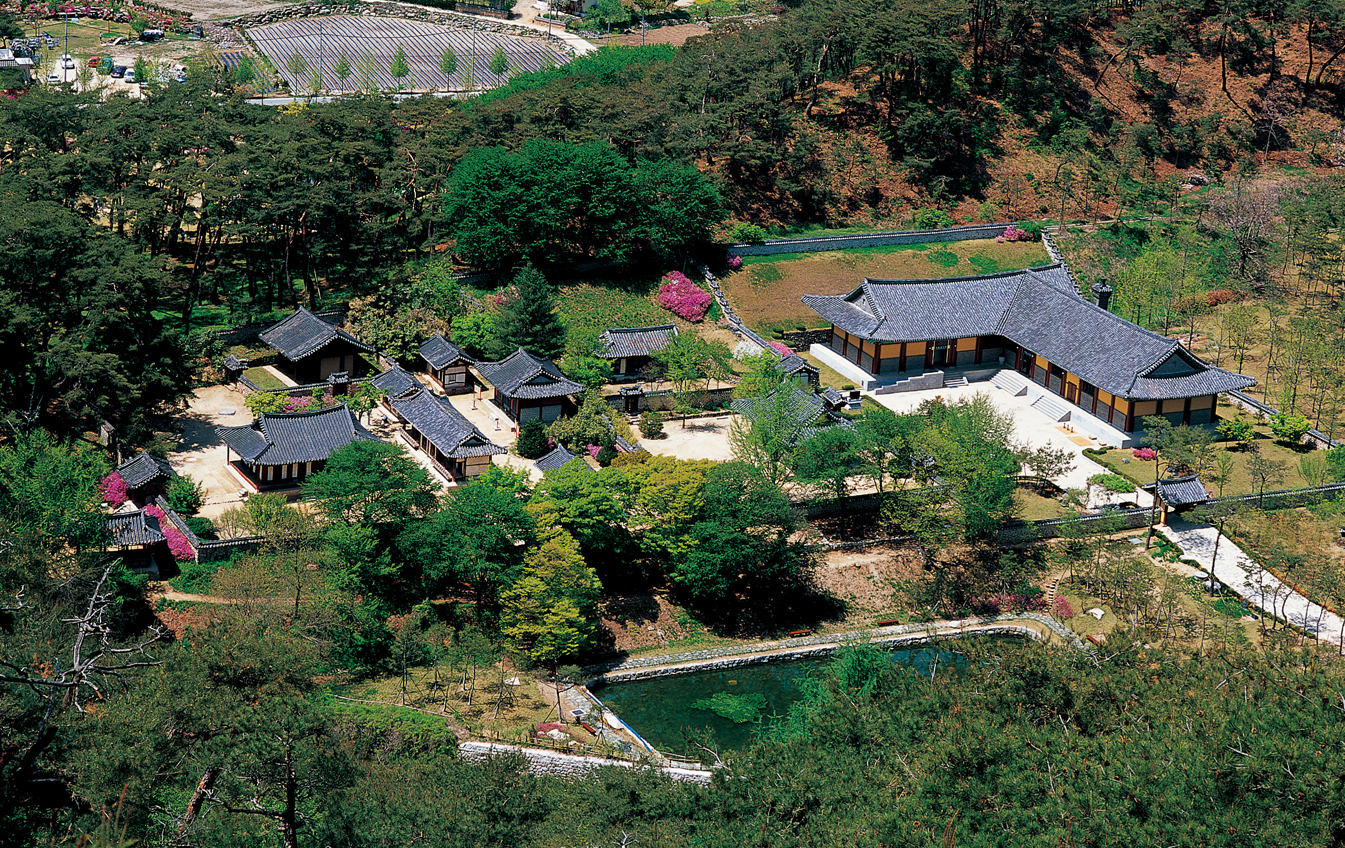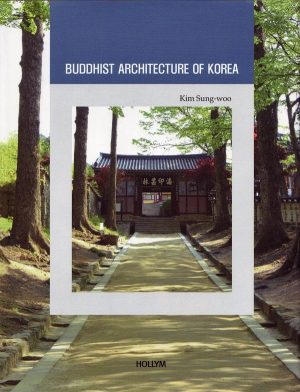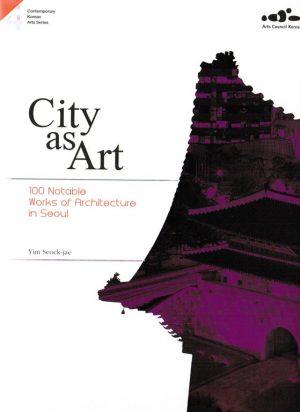Seowon: The Architecture of Korea’s Private Academies
Korean Culture Series #2
$42.50
1 in stock
Seowon: The Architecture of Korea’s Private Academies takes a look at the private educational institutions that were dedicated to higher learning. These same institutions eventually became the crowning glory of Neo-Confucianism. This book examines the role these schools had on society during the Joseon dynasty (1392-1910) while also taking a closer look at their architecture.
Foreword
1. What are seowon?
Confucian society and private academies of the Joseon period
1) Background to the emergence of private academies
2) Function of the private academies
3) Location of the private academies
4) History of the private academies
2. Neo-Confucian worldview and seowon architecture
1) Neo-Confucian worldview and the “Unity of Heaven and Man”
2) “Unity of Heaven and Man”and the architecture of pavilions and academies
3. Architecture of private academies
1) Spatial arrangement and location of buildings
2) Main buildings and facilities of private academies
3) Names of private academies and buildings: a reflection of Neo-Confucian ideas
4. Examples of seowon architecture
1) Sosu seowon
2) Dosan seowon
3) Oksan seowon
4) Namgye seowon
5) Dodong seowon
6) Donam seowon
7) Piram seowon
8) Byeongsan seowon
5. Hallmarks of seowon architecture
Map of seowon sites
References
Author(s)
Sang-hae Lee
Sang-hae Lee is interested in how architectural themes and ideas are carried over from the past, and his research focuses on how the architecture of each historical period creates new forms while grounding itself in the architecture of previous periods. Another facet of his research deals with the topical and cultural contexts in which architecture is created, and how architecture can influence the characteristic features of the place in which it is implanted.
Mr. Lee was born in Korea in January 1948. After graduating from Seoul National University in 1970 with an architecture degree, Mr. Lee worked at the architectural offices in Korea for seven years. Later he left for the United States where he obtained his master’s degree in architectural design and his Ph.D. in architectural history at Cornell University. Since 1986 he has been serving as a professor of architecture at Sungkyunkwan University in Korea, and was a visiting scholar for a year each at Tsinghua University in Beijing and Southeast University in Nanjing, China where he conducted research on the architectural history of East Asia. Over the years Prof. Lee has filled various posts such as president of the Korean Association of Architectural Historians, president of ICOMOS (International Council on Monuments and Sites)-Korea, and advisory member of the National Committee for Cultural Heritage Administration of Korea.
In addition, he has written many books in Korean such as Korean World Cultural Heritage (co-author); Palace and Confucian Architecture in Korea; Recent 100 Years of Korean Architecture; Jongmyo; Seowon; History of Korean Architecture (co-author); Feng-shui of Korea (co-author); Hahoe Korean Historic Village; and World Heritage: Gyeongju Yangdong Village (co-author) and books in English such as Dwellings, Settlements and Tradition (co-author); Asia’s Old Dwellings: Tradition, Resilience, and Change (co-author); Korean Traditional Landscape Architecture (co-author), Yangdong Korean Historic Village.
201 pp.
LC# 2005931468Softcover 20 x 25 cmISBN-13: 9781565912199ISBN-10: 1565912195















